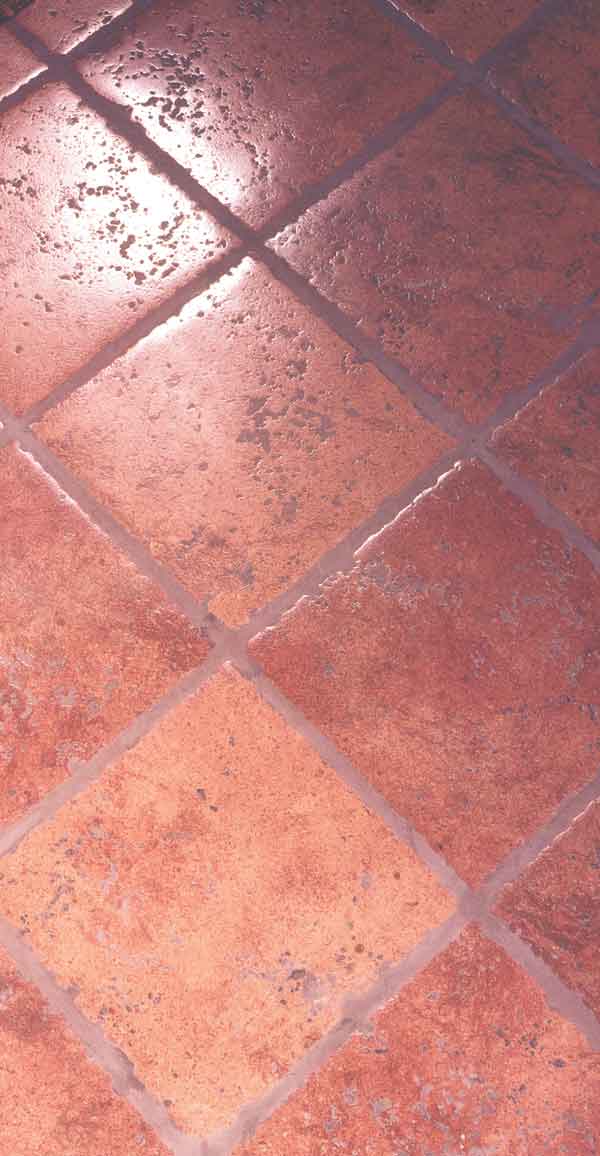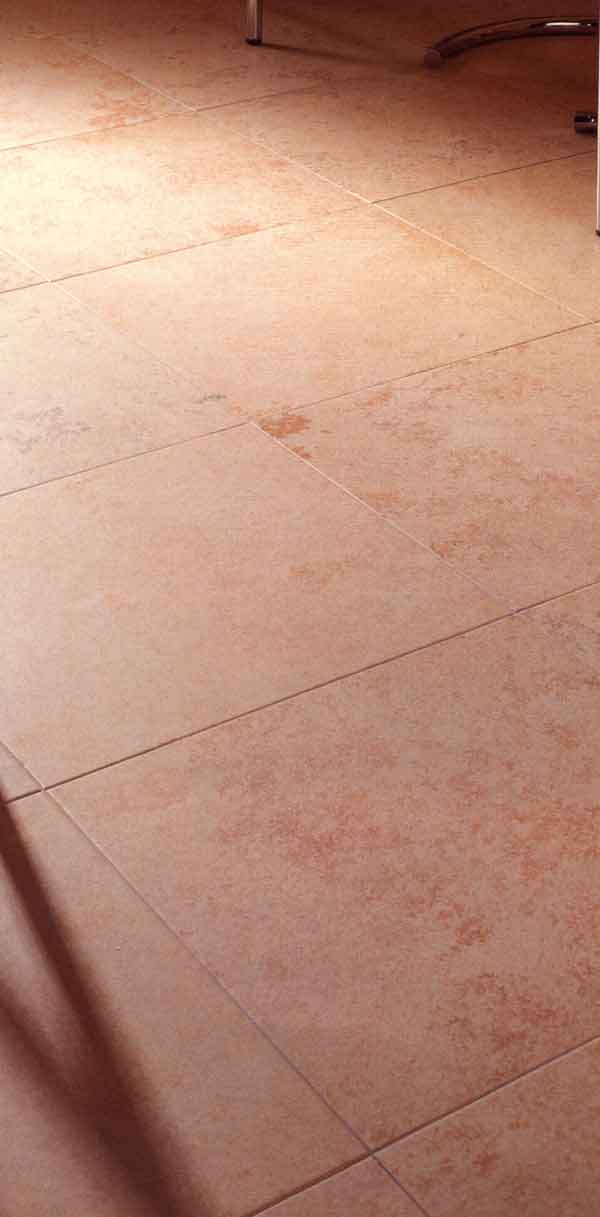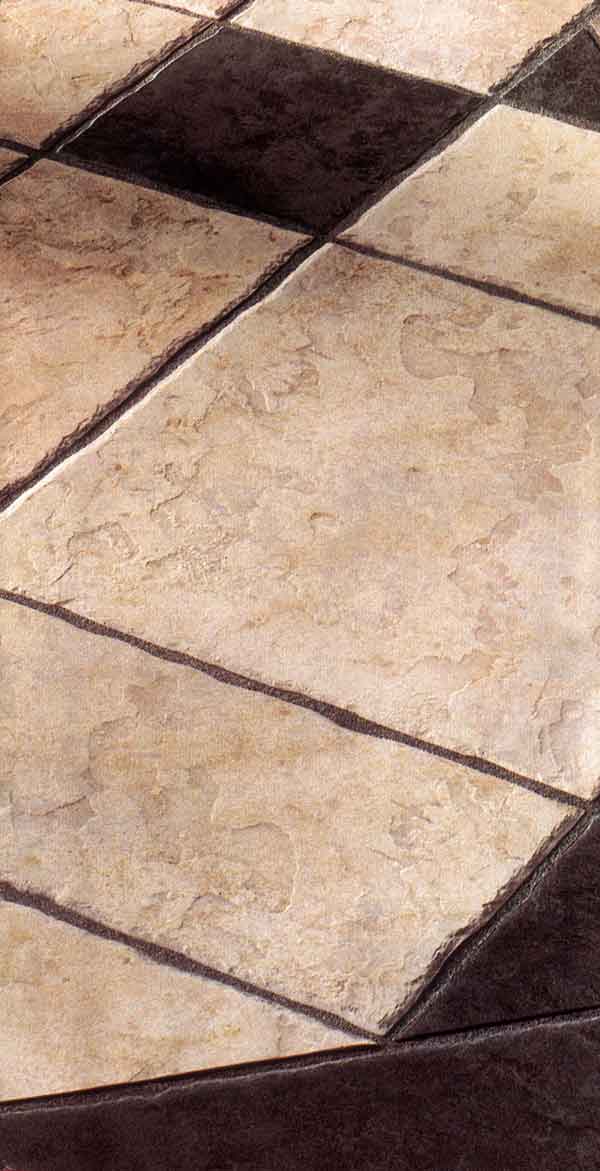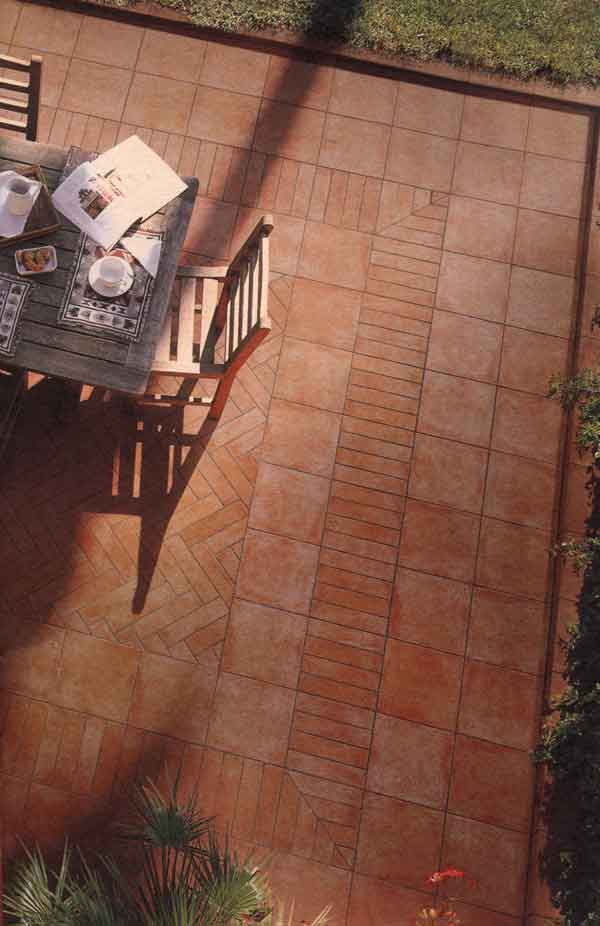Hardscaping (III)
General considerations for installing paved surfaces
A number of considerations will affect the choice of paving tiles for your garden. One such consideration is color. For example, lightly colored paving surfaces will add interest to overcast areas that get limited sunshine during the winter. However, since light colors also can cause glare during the summer months, it is advisable to provide them with shade, which may be achieved through the use of canopy trees. Another consideration is texture. Paved areas with highly textured surfaces are aesthetically attractive. However, they might not comfortably accommodate uses such as walking, running, or bicycle riding, and also might cause injury if one falls on them.
Also consider the dimensions of the individual paving units used. For example, when mixing different paving materials, it is advised to use ones with similar thickness so as to unify the thickness of the underlying bedding layer and simplify the installation process. A related issue is keeping the outline of paved areas simple. Complexly shaped paved areas require considerable cutting of individual units, which will raise both material and labor costs.
As important as the choice of paving materials is the choice of bedding that supports the paving surface. The choice of bedding depends on many factors such as the type of soil originally located on the site and the nature of the use intended for the paved area. Most paving materials require a sub-layer of concrete bedding that is placed over a layer of gravel.
Also important is the slope of the paved surface. Make sure that the surface slopes away gently from adjacent structures, and towards planted areas or a water cistern. This will prevent drainage problems and will help store water - in the soil or the cistern - for the dry season. A slope of 1.5% is suggested, and steeper slopes may be incorporated if the surface is not to be used for utilitarian purposes. When using highly textured paving materials such as pre-cast aggregate concrete tiles, a minimum slope of 2% is recommended.
The nature of the joints between individual paving units greatly affects the appearance of the paved surface, and joints may be used to provide effective touches for articulating paved surfaces. If you wish to emphasize the individual paving units, use mortar of a different color than the paving units or wide mortar joints. Also, soil may be placed between the tiles instead of mortar and planted with grass to combine paved areas with green strips. Otherwise, if you would like to provide the effect of a single continuous surface, joints may be almost completely done away with by using unfilled, tight joints. This treatment, however, is only possible with units of regular size, shape, and color.
Paved areas generally require limited maintenance. It is still advised to carry out certain maintenance activities on a regular basis. These include cleaning and sealing joints, and repairing broken segments or settled areas.
For a list of suppliers of paving materials in Jordan, see the Suppliers List in the Water Conserving Landscapes section of the CSBE web site.




